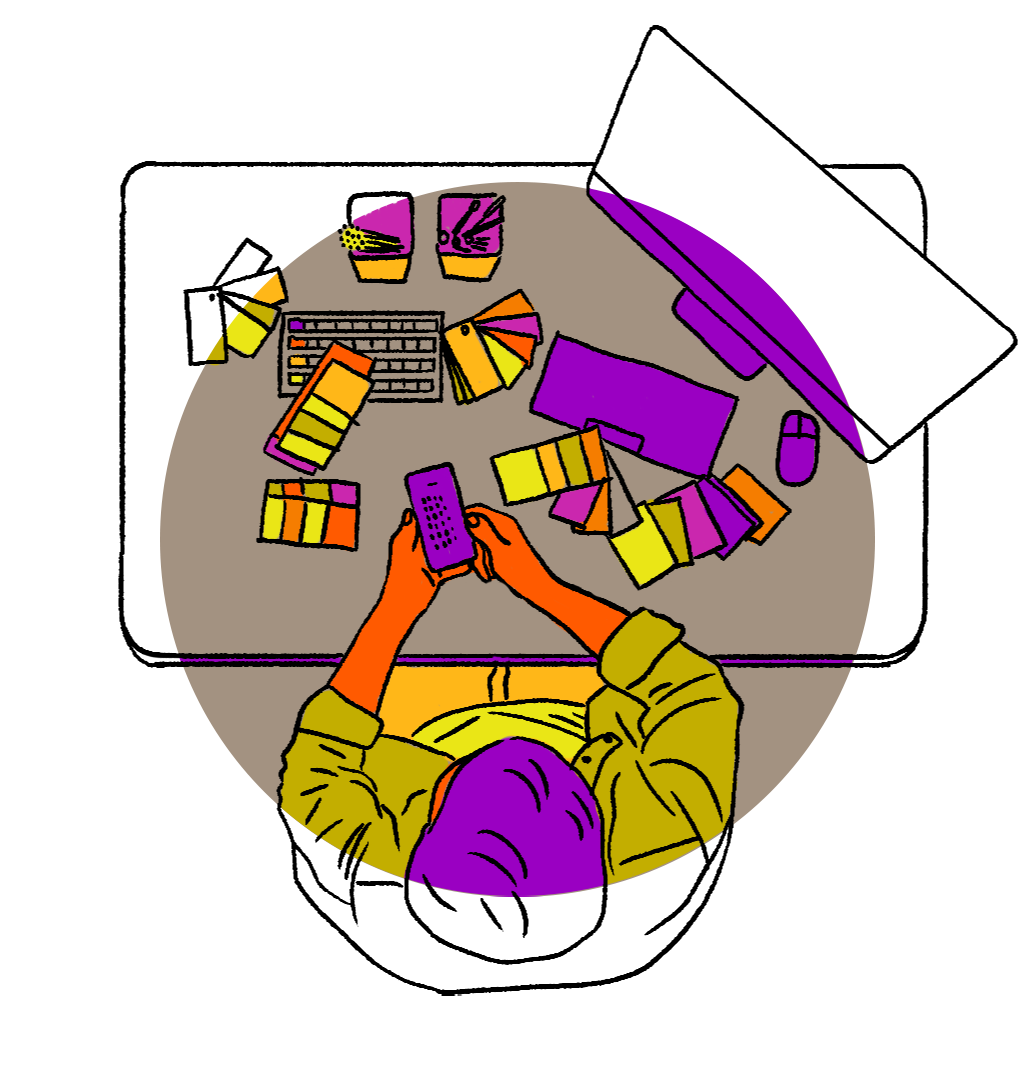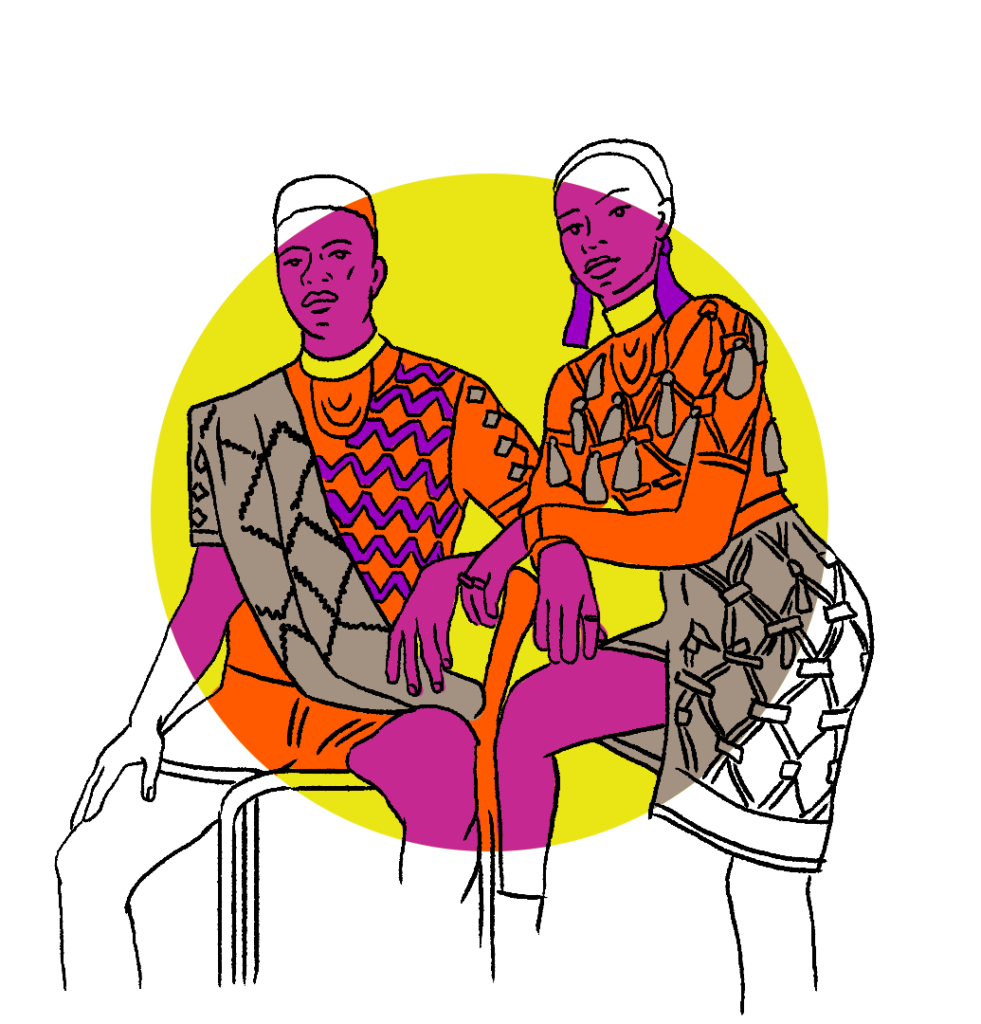An organisation that has successfully funded the work of artists for 20 years is also turning its attention to artist entrepreneurs.
Creative Capital was founded with the premise that artists are natural entrepreneurs in the way they approach their practices, employ creative problem solving and inspire innovation. Emerging in the late 1990s, the organisation set out to build resources and a network to develop the capital of artists – their work but also their talents and ability to make a living with sustainable practices. We drew inspiration from the rapid growth of the tech industry by developing a method for artist investment that adopted venture capital elements, offering infusions of funding over the lifespan of a project’s development coupled with advisory support to help an idea succeed. This took form as the Creative Capital Award, which selects artists annually through an open application to receive up to US$50,000 in funding, allocated at key intervals. That financial investment is combined with deep mentorship, career and project consulting, and community-building opportunities, leveraging expertise from a network of experts in the field, for a total commitment valued at over US$100,000 per project.
Creative Capital is now 20 years old and has supported 741 artists working on 596 projects with over US$48 million in funding. Extrapolating findings from a 2015 assessment, awardees have leveraged our support to raise an additional US$110.2 million, further amplifying the impact of our investment. Awardees have stunned us with their innovative ideas, stretching genre boundaries and intersecting their work with urgent issues, such as creating biohacks, closing down for-profit prisons, launching major equity activism and finding ways large and small to change the world, one project at a time. Many have also surprised us by launching socially- and environmentally-based enterprises inspired by their Creative Capital projects.
For example, 2009 Creative Capital Awardee Jae Rhim Lee launched the company Coeio in 2014 to bring to market her Infinity Burial Suit, a hybrid mushroom burial suit that naturally decomposes dead bodies, remediates accumulated industrial toxins and delivers nutrients to plant roots. Fourth-generation farmer and 2008 Creative Capital Awardee Matthew Moore founded Greenbelt Hospitality, which is in the process of converting two acres in a public park in Phoenix, AZ, into an organic farm that will supply food for an onsite restaurant and farm stand, adjacent to an education space and gallery. Lee has said that she thinks of her business as a medium for her creative work. Though early on she was approached by investors, she chose not to accept outside funding, taking a slower approach to pacing her company’s growth. Moore, on the other hand, has been actively raising impact investment for his US$7 million project and has structured unique private and public partnerships to secure initial funding.
Artists are masters of troubleshooting issues and adept early adopters of things like collective ownership, community-supported financial models and alternate currencies
True to our original assessment that artists are natural entrepreneurs, like Lee and Moore, many are now considering how they can frame their practices within a social enterprise sector. While Creative Capital has built a strong network of cultural partners and collaborators poised to help artists succeed in the creative field, there is a significant opportunity to mirror those efforts for artist entrepreneurs. Our primary consideration now is: what resources do artists need to be successful in these pursuits? As we have seen firsthand, many artists think like entrepreneurs when it comes to problem solving, idea generation and innovation, but most lack the financial and business training for an optimal transition into the enterprise sector.
To address this, we are investigating potential partners and collaborators to help us build a system of support for artist entrepreneurs. We have invested in LISC’s NYC Inclusive Creative Economy Fund to gain firsthand experience in investing in the cultural sector, and we are engaged in an ongoing collaboration with Upstart Co-Lab. Returning to our early venture capital inspiration, we believe a combination of seed funding and advisory support will be the most effective way to help artists build successful creative economy businesses. Creative Capital currently operates a roughly US$400,000 loan fund for awardees, which we are considering leveraging to provide artist entrepreneurs with micro-investments. True to our model, these investments would be provided alongside deep mentorship and highly scaffolded resources on business development, debt and investment opportunities, and access to holistic support from a network of experts to help artists succeed.
Deeper investment in the cultural sector at large is key to our own pursuits as well as initiatives dedicated to amplifying creative economy businesses. In our experience, there is no lack of opportunity. Artists are masters of troubleshooting issues and adept early adopters of things like collective ownership, community-supported financial models and alternate currencies. Indeed, their own livelihoods depend on their flexibility and rapid adaptation to social and financial situations. Take, for instance, the incredible agility with which artists and the creative economy have responded to the COVID-19 crisis. Creative Capital board member Jane Brown founded and operates Open Works, a state-of-the-art maker space in Baltimore that immediately repurposed its 3D printing and upholstery machinery to mass produce medical equipment to help fight the pandemic. Within a week of artists losing the majority of their income due to cancelled tours, performances and exhibitions, Creative Capital Awardee Taylor Mac and other renowned performers united to launch Trickle Up!, a membership-based content platform that pools member fees and issues US$10,000 grants to artists in financial need. Moore also contributed to the efforts, collaborating with Good for Good to make readily available a low-cost intubation box, a temporary protection device for medical workers.
Twenty years ago, we imported a model from the enterprise sector that has since drastically increased the professional and financial stability of over 700 innovative artists and given them the tools and resources to effectively more than double our initial investment. We anticipate that a similar system of support for artist entrepreneurs could enable them to become key players in a sector poised to achieve long-term social and cultural impact alongside competitive financial returns. We look forward to sharing our approach and results with the field in due course.








